The content of the article
It is rare to find a girl who is satisfied with her natural hair color. In an attempt to change the appearance of beautiful women resort to all sorts of cosmetic procedures. One of the transformation technologies is considered to be the coloring of the head of hair with ammonia compounds, tinting agents and natural dyes. As a result of the harmful effects of hair become dull and lifeless. Girls wonder how often you can dye your hair without affecting its structure. Let's try to figure it out together.
Recommended frequency of hair coloring
To answer the question: "How often can you dye your hair?", You need to deal with the existing types of pigments. The answer depends on a number of factors, such as durability, hair type, product quality.
Paint
Coloring composition can be ammonia-free and ammonia, it is also called semi-resistant and resistant.
Semi-resistant paint. As a result of treatment of hair with non-amber paint, you will get an intense shade, while the effect of the chemical composition on the hair will be insignificant. As the name implies, the composition does not contain liquid ammonia. The base is developed using a solution of hydrogen peroxide (in small quantities).
In most cases, girls and women who resort to changing the image in a non-cardinal way resort to semi-dyestuffs. Through the use of pigment, it is easy to emphasize the natural shade of the hair, to give brightness and shine to the hair.
The disadvantage of using the composition is a short exposure of the pigment in the structure of the hair. As a rule, the dye is washed away after 15 days after painting. After about 3 weeks it can be applied again.
Resistant paint. Ammonia or resistant paints, on the contrary, are characterized by excessive rigidity due to the high concentration of ammonia. This increases the amount of hydrogen peroxide, which dries hair and makes it brittle (in the case of light colors).
When using resistant paints, pay attention to the fact that there should be an interval between the staining procedures.Repeated application of the pigment can be done only after 2 months after the previous procedure. This period is given to the hair to recover.
When painting with an ammonia compound, do not over-hold the product on the hair (the exact duration of exposure is indicated in the instructions). Otherwise, the hair will be brittle and lifeless.
If you need to tint the basal area, apply a resistant dye to the roots, and process the entire length with ammonia free pigment. Such a move will allow hair to maintain vitality. The main thing is to choose resistant and semi-resistant paint from one manufacturer.
Tinting compound
Such products include shampoo and balm for washing hair, liquid tonics and sprays. These products are considered to be an excellent alternative to ammonia dyes. The only difference is the relative harmlessness of the components.
From some women, you can hear the saying that you can dye your hair with tint compositions daily. However, this statement is extremely wrong! With all the "harmlessness" products still has a negative effect on the hair, drying and damaging them.
An important aspect with regards to the composition of tint agents is the fact that hydrogen peroxide (the main coloring component) is contained quite a bit. However, if you dye your hair daily, the chemical compound will accumulate in the rod, causing a negative reaction.
For this reason, experienced hairdressers are not advised to use tonic, balsam or shampoo more than once in 12 days. In this case, after the procedure, it is recommended to use nutritional masks to maintain color so that the pigment does not wash out longer from the hair core.
Natural dyes
Many have heard about the miraculous natural dyes - henna and basme. About the properties of this product you can add legends. When combined, they form a complete paint, treat the hair from the inside and maintain color.
The positive features of regular use include accelerated growth of hair, strengthening of hair follicles, increasing the volume of heaps, improving the structure of the hair. However, you will make a big mistake if you dye your hair with these products too often.
If we talk about Basma, it can not be used as an independent dye. Otherwise, the hair will turn green.The tool is used only in combination with colored or colorless henna.
Depending on the desired end result, you can vary the proportions at your discretion. To get a chestnut shade, mix the ingredients in a 1: 1 ratio. If you take basma with henna in proportions of 2: 1, you get a black color. If you want to get the hair of a bronze shade, mix henna and basma in the ratio of 1.5: 1.
If we talk about the frequency of use of natural formulations, you can dye your hair 1 time in 2 months. However, you should not mistakenly believe that during this period the pigment will be washed out of the hair structure. Henna and Basma are sufficiently resistant natural paints that do not contain chemicals.
Dyeing techniques
An important criterion that directly affects the frequency of staining, of course, is the technique of dye distribution on the hair surface. Consider each view in order, we highlight the main aspects.
- Technique "Balayazh." The technology of coloring includes the use of 3-4 shades simultaneously. In this case, each color is chosen closer to the native tone of the hair.According to the “Balayazh” technique, the effect of curls faded into the sun is created, which in itself looks impressive. The main feature of the procedure is that the painting does not affect the area of the roots. As a result, the reuse of pigments is carried out after 2-2.5 months.
- Technique "Highlighting" and "Coloring". As a result of hair dyeing with these methods, the composition is applied not to the entire surface of the hair, but to individual strands. In the case of highlighting, a light dye is used, while coloring specialists put different shades. The main area of the stacks remains intact, with the result that the regrown roots are practically invisible. Repeat the procedure carried out after 2 months after the previous staining.
- Ombre technique. Hair dyeing technology is a treatment of the tips, starting from the middle of the length. The composition is applied in such a way that the border of the native color and painted ends is smeared. This kind of procedure is quite popular because it allows you to update your hair without radical measures.If we talk about the frequency of dyeing, the hair can not be processed again. The roots grow back, and the pigment-treated hair is easy to cut.
Practical tips for reducing staining frequency
After using any coloring composition, the hair needs proper care, and this is not surprising. To reduce the frequency of the procedure, it is enough to adhere to practical recommendations.
- Try to dye your hair in the color that is as close as possible to your native shade of hair. As a result of following the advice, you will reduce the frequency of coloring the roots to a minimum.
- Consult with a professional about hair care after dyeing. As a rule, there is a mass of folk and cosmetic products that retain the pigment in the hair structure.
- Consider multifaceted tinting technology. The technique consists in treating hair with tinting compositions of different colors. The technique allows you to avoid clearly visible regrown roots, resulting in the frequency of staining will be reduced.
The frequency of staining directly depends on the selected pigment.To preserve the hair color after the procedure, take the habit of using moisturizing serum, spray, nourishing gel and conditioner. At the same time, also consider shampoo and balm marked "maximum moisture saturation."
Video: how often can you dye your hair

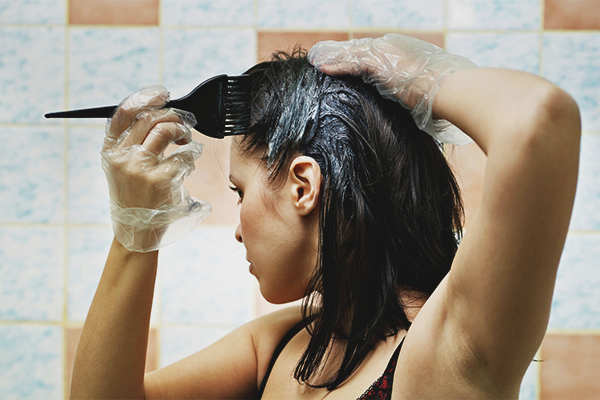


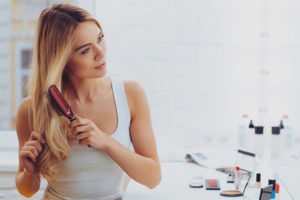


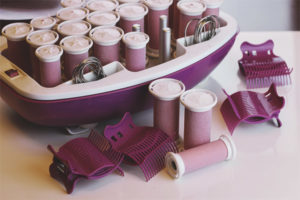
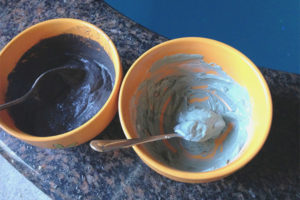
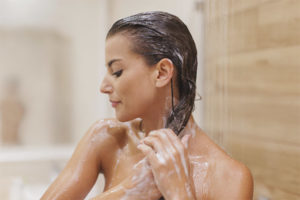
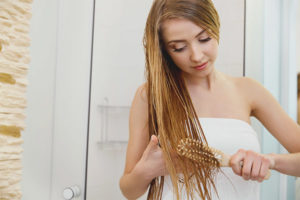
To send